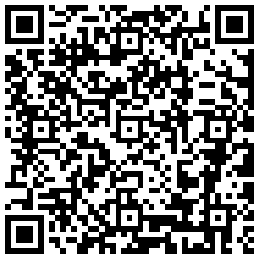既往研究已经表明,运用数字化切片和显微镜切片进行病理诊断的准确性相当。尽管其准确性已得到有效验证,但几乎没有人研究和探讨数字化切片诊断所花费的时间,对于数字化切片工作效率的担忧是当前临床应用的主要障碍。我们对病理活检标本和手术切除样本分别用数字化切片和常规病理切片进行诊断,并对两种诊断模式进行对比,探讨利用数字化切片进行病理诊断的效率。我们共纳入510例手术病理样本,涵盖5种器官系统(胃肠道、妇科、肝脏、膀胱和脑)。2名有资质的病理学家对常规病理切片进行独立的初始诊断。常规病理切片通过飞利浦智能病理诊断系统进行切片扫描。3名阅片病理学家分别对数字化切片和常规病理切片进行独立的病理诊断,2种方式间的间隔时间≥6周。阅片病理学家记录在不同模式下进行诊断所花费的时间;其中,数字化切片的诊断时间包括信息加载的时间。对比阅片病理学家的诊断结果与初始诊断结果是否有明显偏差,以此评价诊断的准确性。通过统计学方法分析数字化切片和显微镜切片在诊断时间上是否具有显著差异。无论是常规病理切片还是数字化切片,3名读片病理学家的诊断正确率相当(与初始诊断的平均误差率分别为4.8%和4.4%)。诊断数字化切片的用时比显微镜切片慢1.2~9.1秒不等。最慢的阅片者在读片过程中表现出明显的学习效应,其诊断数字化切片的时长逐渐缩短,直至最后阶段与显微镜切片的诊断用时相当。器官部位和样本类型对诊断用时并无显著影响。总而言之,在各种不同组织器官和样本类型中,数字化切片的读片时间可以与常规病理切片相媲美。平均每例病例的诊断时间增加4秒。数字切片的读片时间会随着经验的积累而缩短,此外,通过提高查看电子图像的简易性,加快定量评估过程,数字切片的诊断时间可以进一步缩短。
Am J Surg Pathol 20I8;42:53-59
美国外科病理学杂志中文版2018年第二期摘要No.6
马杰 翻译 邱雪杉 审校
The American Journal of Surgical Pathology中文版声明:
©2018 Wolters Kluwer Health
The material is published by Wolters Kluwer Health with the permission of American Journal of Surgical Pathology.No part of this publication may be reproduced in any form,stored in a retrieval system or transmitted in any form,by any means,without prior written permission from Wolters Kluwer Health.Opinions expressed by the authors and advertisers are not necessarily those of the American Journal of Surgical Pathology, its affiliates,or of the Publisher.The American Journal of Surgical Pathology,its affiliates,and the Publisher disclaim any liability to any party for the accuracy,completeness,efficacy,or availability of the material contained in this publication (including drug dosages) or for any damages arising out of the use or non-use of any of the material contained in this publication.
Although advertising material is expected to conform to ethical (medical) standards,inclusion in this publication does not constitute a guarantee or endorsement of the quality or value of such product or of the claims made of it by its manufacturer.
【本文经《美国外科病理学杂志》授权发布,其他媒体转载或引用须经《美国外科病理学杂志》同意 ,否则追究法律责任;所有文章仅供公益交流,不代表本站立场。欢迎提供素材、资料等,投稿邮箱: tougao@91360.com,一经采纳将给予稿费】




 苏公网安备 32011402011742
苏公网安备 32011402011742